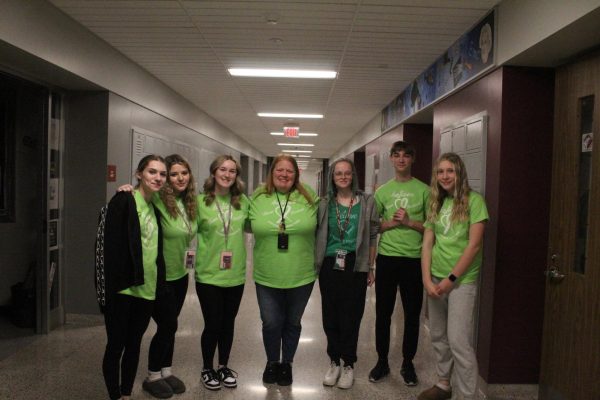Lowe shares love of history through artifacts
“You be the historian.” History teacher James Lowe shows his students a poster from World War II. Lowe has many artifacts from this era.
April 1, 2022
Being a history teacher for more than 30 years, James Lowe has tools to enable what he calls a hands-on and informative time in class.
Lowe knew he wanted to be a history teacher after he wrote a career report in ninth grade about being a history teacher and had several good history teachers.
“My favorite part about history is the hands-on aspect of it and the storytelling. I like to share my passion for history with the great stories that are part of the heritage of the United States, and also sharing artifacts of history that you can hold in your hand and examine,” Lowe said.
Historical artifacts
He uses historical artifacts as an almost every day activity to enrich learning in his classes.
“I don’t like to use my textbook in my class because I think once you rely upon a textbook, history becomes boring. So many subjects are hands-on. In math, you get to do solutions on math problems. In science, you get to do labs. In English class, you get to read a piece of literature or poetry written by that person. History class over the years has become ‘here’s a textbook’ and the teacher is just going to lecture. Whereas in history class, you can actually look at artifacts, and it becomes just as much hands-on as the other classes are,” Lowe said.
Lowe started his artifact collection through a graduation gift.
“My first artifact was actually a gift from my mom for my birthday when I was graduating from high school, and she knew I wanted to be a history major. She gave me a Franklin Roosevelt clock which for most people is a really odd gift for a teenager, but I thought it was really cool. I started looking for other artifacts when I went to antique shops and flea markets and things like that, so that’s how I started building my collection,” Lowe said.
Lowe loves all of his artifacts, but can’t entirely choose a favorite.
“If you asked my students, they would tell you that every time I bring in an artifact, I always say ‘this is one of my favorites.’ I end up with so many favorites. Selecting one is difficult. I always like the artifacts most that have a relationship to what we teach in class, so we can make that observational skill of looking at the artifact and seeing how it relates to American history,” Lowe said. “One of the items that I use is the placemat from World War II that’s a pig. You fold the pig and when you do that it turns into Adolf Hitler. That always seems to be one that is very interesting because it’s interactive. It’s not just ‘here’s an artifact,’ but here’s one that you can actually do something with this. There’s also always the challenge of who can get it done first and who’s still looking at it after 10 minutes still trying to figure out what it is.”
Not only does Lowe bring in artifacts for his lessons, but he also keeps some in his classroom.
“The ones I keep in the room are newspapers. They are lined up along the top of my cabinets. Of the favorites there, I think the ones I like the most are the ones that are local newspapers from the Altoona Mirror because the connection of how the events that happened for the entire country also have an effect on us locally,” Lowe said.
Besides newspapers, Lowe collects numerous other types of items. The majority of his items are either from presidential campaigns or World War II.
“The items I really focus on that I think tell good stories are obviously pin back buttons. Anybody who has me for class has probably seen a large number of pins and buttons because they’ve been made for everything: political campaigns, wars, social events, concerts, movements, they exist for almost everything. People want to wear something with a message on it. I also collect posters, postcards, flyers, three dimensional items, hats, clothing, just anything that can help tell the story that’s a part of history has been added to my collection,” Lowe said.

With numerous types of artifacts, Lowe dedicated an entire room to his artifacts at his house.
“I have something at home that I call my history room where I have a small desk and chair in there, but then I have posters around the room and shelves and containers for all of my collection. Although, I will add, it has now grown beyond that room, so I have other storage in different places for items,” Lowe said.
According to Lowe, experience is key when purchasing real artifacts.
“It’s taken a lot of experience because obviously there are some unscrupulous people that like to make duplicates, especially of paper items because it’s really easy with copying machines today to do that. So you learn overtime how to examine the paper to see if it’s real and from that age. There’s also a black light test you can do because paper that dates before World War II will not glow in blacklight, only modern paper glows. That’s one way you can do it. Just from experience, you can figure out if something is old or if it’s a reproduction,” Lowe said.
Lowe’s artifacts are purchased for a range of prices: some being pricier than others.
“Goodness. I bought an arcade game from World War II that was several thousand dollars. That was the most expensive one. It was a game in which you get to drop bombs on the enemy. You would drop the bomb as a coin that would bounce down through a series of pegs, almost like the game they play on ‘The Price is Right’ that’s called Plinko. If it goes in the right spot you get a prize. The prize you would win is a war stamp that would help pay for a war bond for the war. It has neat graphics on it and it’s a way of getting people involved in the war effort during World War II. Obviously for that price I don’t play with it very much, it’s just a display item,” Lowe said.
Student’s favorites
With the numerous types of items Lowe brings to class, some students also find it difficult to choose a favorite.
“It is really difficult to pick my favorite artifact. From the Hitler pin cushion to the World War I coat to Mr. Lowe’s enormous pin collection, all of his artifacts have their own tale, their own part of history. If I had to pick one, it would be the pin collection. I know that is not exactly one, but it is overall my favorite. Every pin has its own little backstory, and the collection of so many is remarkable and respectable,” sophomore Jacob Ceglar said.
Sophomore Jake Yohn preferred a more interactive artifact.
“When we were learning about World War II, Mr. Lowe brought in a bean bag tossing game where the goal was to knock over the leaders of the Axis powers. I really enjoyed playing that, and it counted as an artifact since it was made during that time period as Ally propaganda,” Yohn said.
Other students prefer to see clothing items worn during a specific time period.
“So far this year, my favorite artifact was probably the helmet in October. We were going over the first World War, and Mr. Lowe brought in an American helmet from World War I which, if I recall correctly, had a hole in it which had been filled in with some other metal because the helmet was actually damaged in battle over 100 years ago,” sophomore Connor Matosziuk said.
Student interactions
Lowe has different strategies of incorporating his artifacts in his classes.
“A lot of the days they start out with a ‘you be the historian’ activity. In the beginning of the year, we talk about what historians do and how they look at artifacts. So many of the days I’ll just pass the artifact around the room and there will be one to three questions they answer about the artifact. Once it makes its way around the room, we look at the questions and relate that to the lesson of the day,” Lowe said.
Current students of Lowe enjoy seeing his artifacts.
“I absolutely enjoy the hands-on history of the artifacts. They give oneself a connection to history itself. Some of the artifacts are funny as well. And then there are the artifacts that are simply awing to hold in one’s hand, such as a piece of Japanese aircraft or an artillery shell from World War I,” Ceglar said.
Matosziuk enjoys the trendy aspects of the artifacts.
“My favorite part of learning about the artifacts is learning what happened with them, why does this particular item exist, most of the time it was to show support for a candidate or to protest something, but some of them had more interesting histories relating to a fad of the time, like the pole with a platform on the top he brought in for the 20s to demonstrate pole sitting. Some of the artifacts which stand out to me are the ones that actually had a specific history to them that we talked about, like the rations from the high school’s old bomb shelter,” Matosziuk said.
Yohn likes the feeling of touching old artifacts from history.
“I believe my favorite part when it comes to learning about artifacts would be how unique of an experience it is to interact with objects from history. Not everybody can say that they’ve worn a trench coat from World War I. Not everyone can say that they’ve pole sat like they did in the 20s. These extraordinary things can only happen thanks to the artifacts that Mr. Lowe brings to our classroom,” Yohn said.
Matosziuk believes that the artifacts make him feel more connected to the class.
“I feel like a lot of the artifacts enrich the class by bringing history to life, you can read about something happening, but it’s different when there is actually something from then and there, relating to whatever you’re learning about. It adds a feeling of realism to whatever you’re learning because I don’t know how it is for other students, but for me, the reading of the book and going over slides feels disconnected no matter what class, but actually doing something or being able to hold something from that event makes you have more interest in it,” Matosziuk said.
According to Ceglar, Lowe’s class will be unforgettable.
“Being able to look at an item, in the classroom, instead of just seeing a picture is extremely helpful to learning history and connecting to the class itself. In my academic career so far, Mr. Lowe’s class has been the most memorable for me. Each artifact comes with its own story. Sometimes it’s comedic, and other times it is melancholy or average. It really adds a great deal of depth and a degree of learning on a different level,” Ceglar said.
Holding artifacts in his hands helps Yohn understand the events more.
“I think having an artifact makes the different time periods seem more real. It is easy to forget that the things we are told in history class actually happened to people, and being able to see and hold artifacts really makes you realize that those events truly happened,” Yohn said.
Bringing it back to life
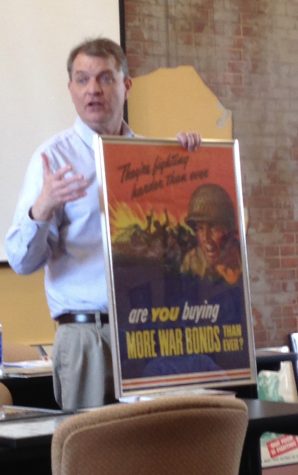
With being remote for almost an entire year, Lowe had to find ways to overcome the difficulties of showing his artifacts in person.
“It certainly was. Obviously there was no hands-on aspect to it. I did start to become skilled at taking an artifact and holding it up in front of my computer screen for zoom meetings, but I don’t think it’s the same because it loses the essence of holding something that for example, I have one of the pins that was given out during Dr. Martin Luther King’s ‘I Have a Dream’ speech. When you hold that in your hand and realize that someone wore that that same day that heard him speaking, I think that just brings an added amount of power and history to telling a history story that was lost during COVID-19, and I’m trying to get that back,” Lowe said.
Lowe believes that the knowledge of history can be beneficial to anyone in different aspects.
“History is a tool for understanding so many things. It’s like a road map for where we go in our country. It’s a guide to the past to the successes that we’ve had and the mistakes we’ve made so we know where to go in the future. It’s also a tool that teaches us how to think and reason and make logical decisions,” Lowe said.

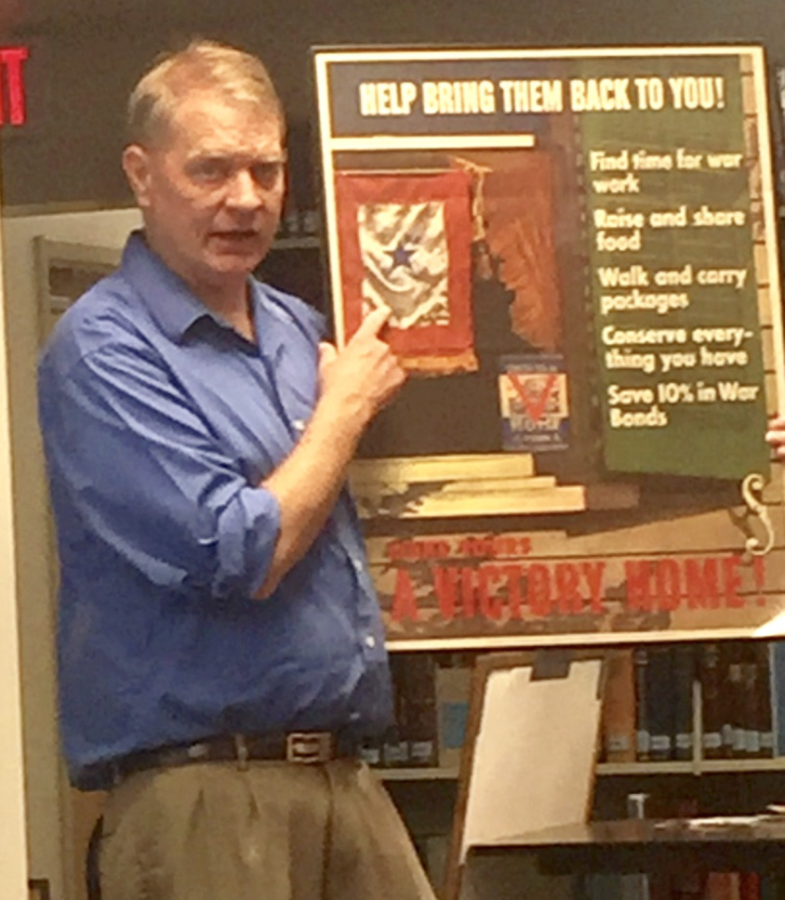
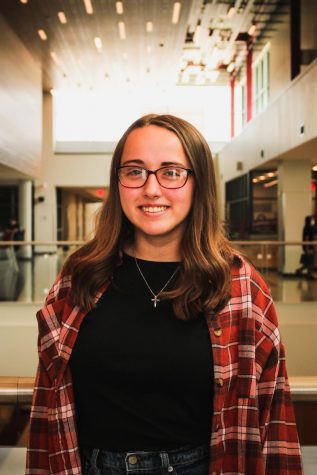
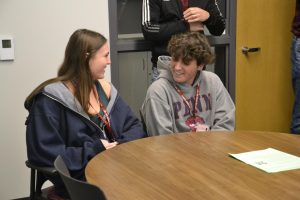


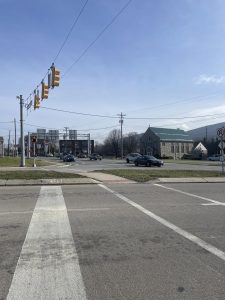
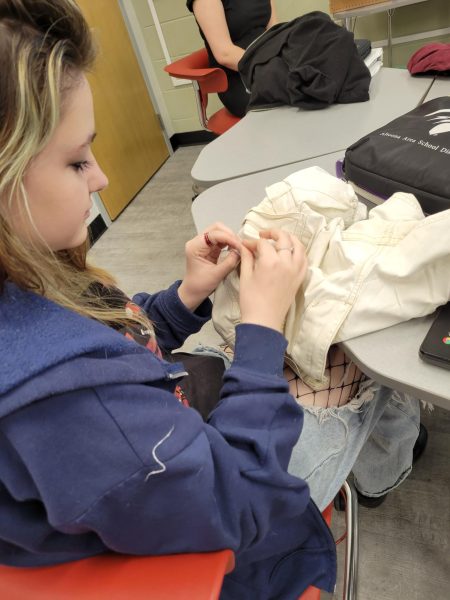
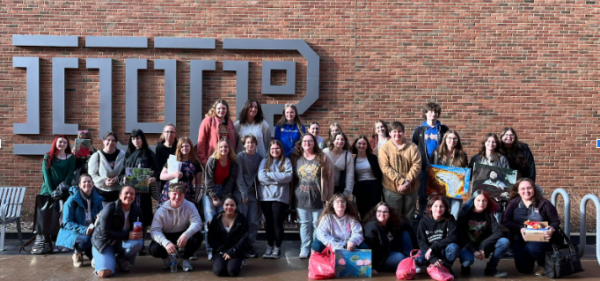


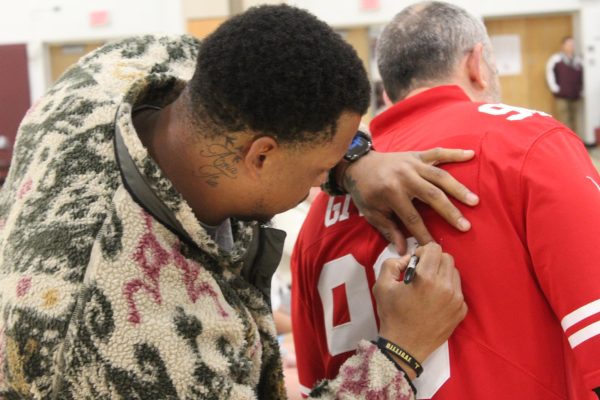
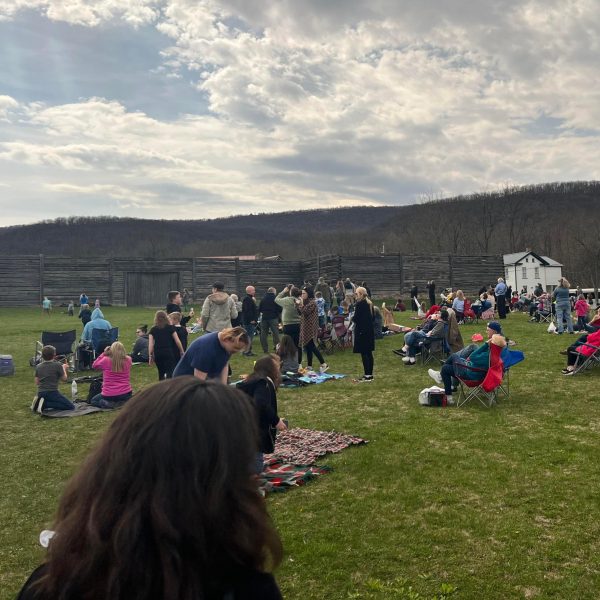
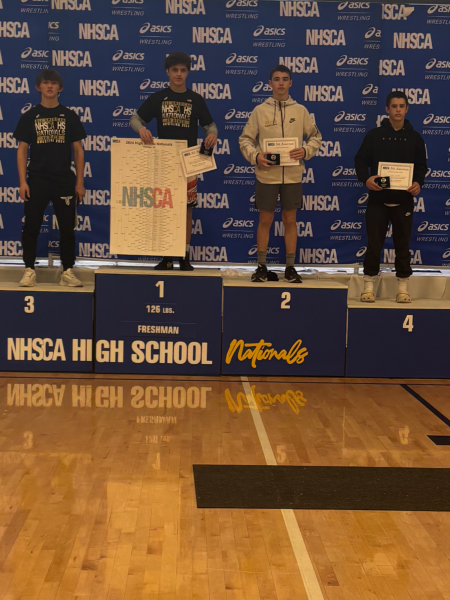
![Dedicated. Teachers who live far away commute for at least an hour to work each day. [Made with Canva]](https://aahsmountainecho.com/wp-content/uploads/2024/04/teacher-commute-picture-424x600.png)

